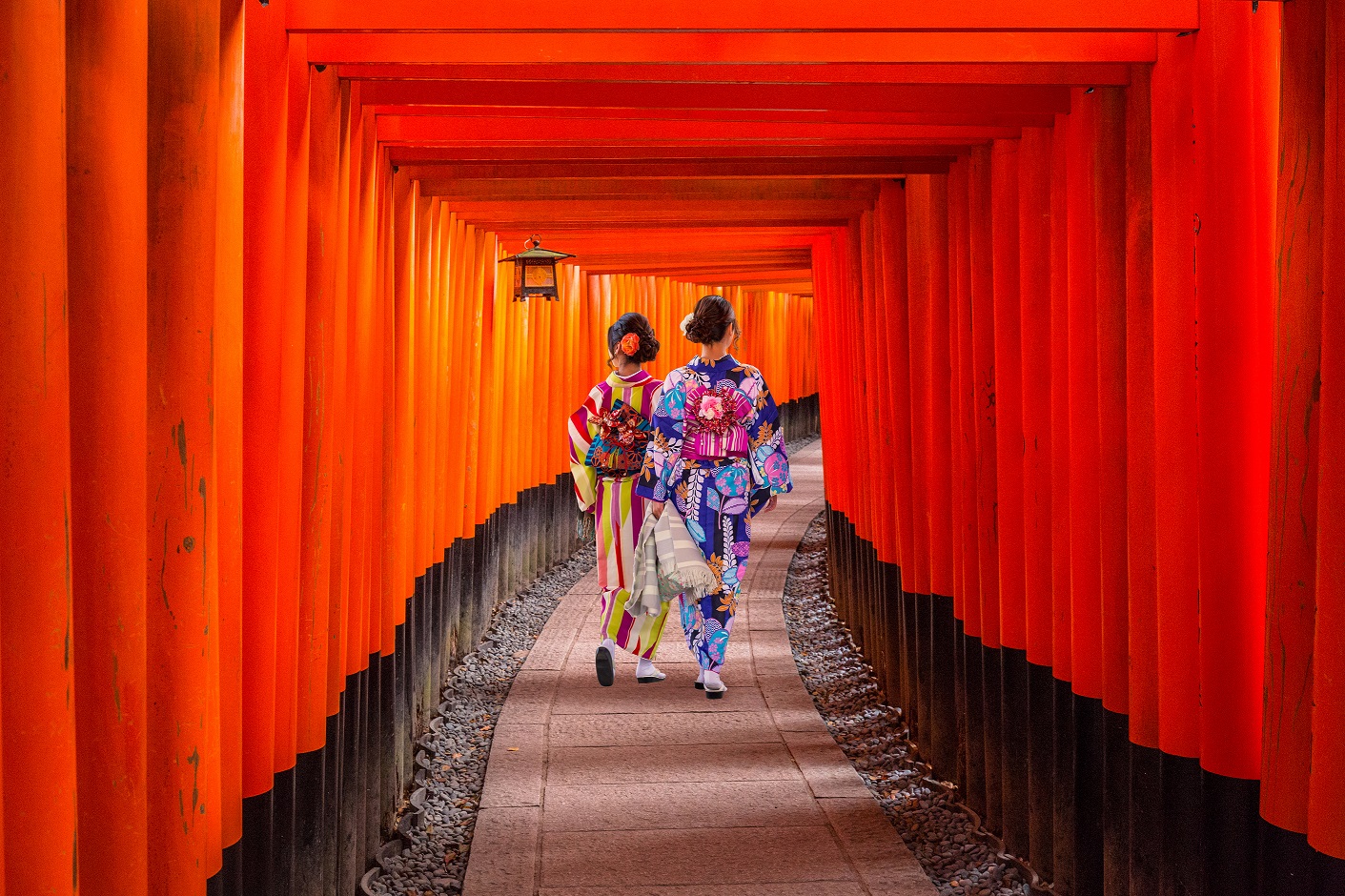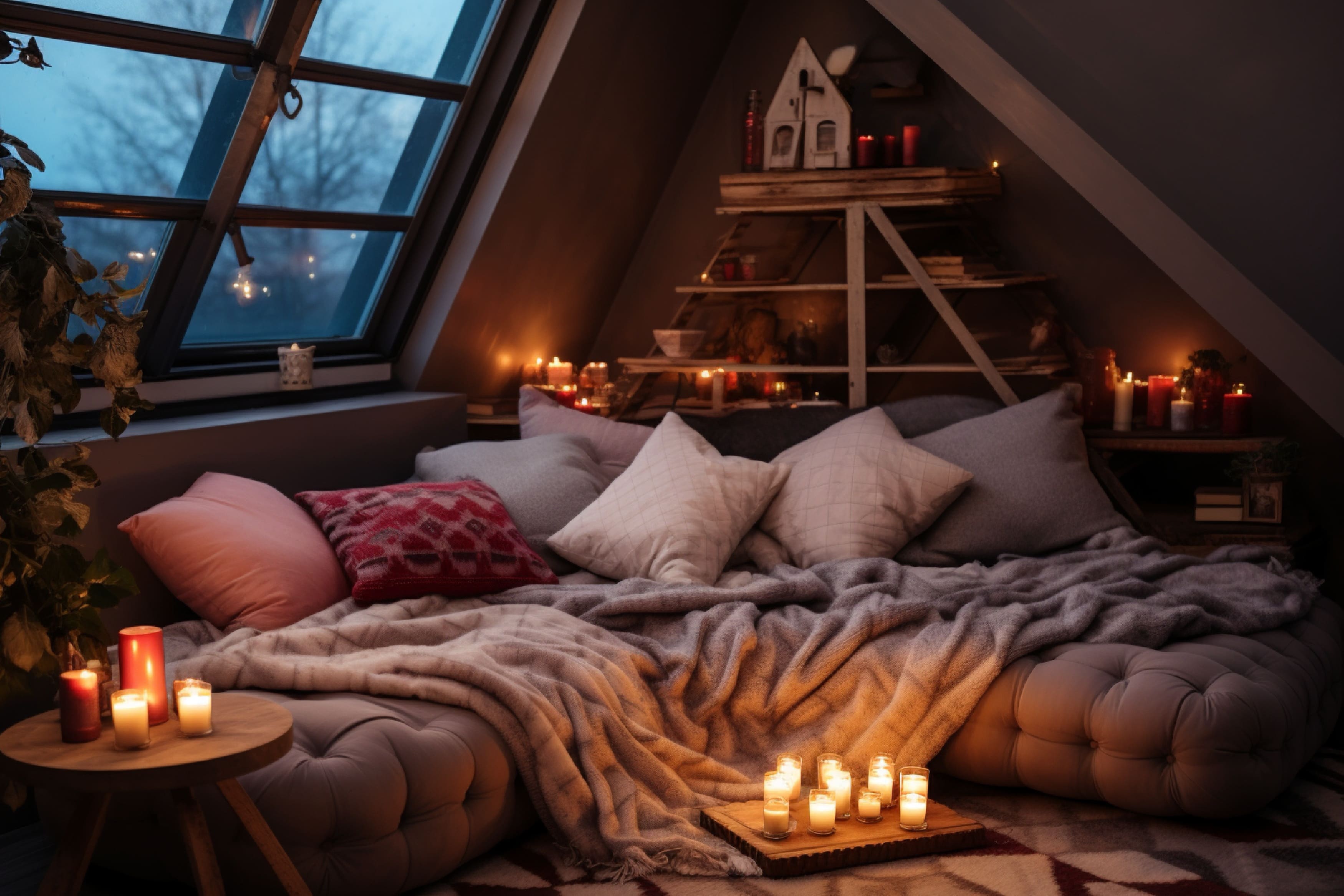Ready to learn?! Complete the 8 lesson Designs on Redecor and get a special prize!
The 8 lessons will be live in the game, with each 2 lessons going live every day until the 30th. You have 4 days to complete them all!
This Season we are visiting beautiful Japan! Japanese design principles have long been celebrated for their ability to create spaces that embody tranquility, balance, and a deep connection with nature. Let’s delve into four key aspects of Japanese design that contribute to the serene and harmonious aesthetic: Privacy and Seclusion, Natural Materials and Textures, Neutral Color Palette, and Diffused Light.
Privacy and Seclusion:
Japanese design often emphasizes the importance of creating spaces that offer privacy and seclusion. Traditional homes, temples, and gardens are designed to provide a sense of retreat from the external world. In contemporary architecture, sliding doors (fusuma) and partition screens (shoji) are commonly used to create flexible and private spaces within a home. This design principle fosters a sense of tranquility and introspection, allowing individuals to connect with their inner selves.
Natural Materials and Textures:
The use of natural materials is a hallmark of Japanese design, promoting a connection with the environment. Wood, bamboo, stone, and paper are frequently incorporated into interiors and exteriors, creating a seamless transition between indoor and outdoor spaces. The textures of these materials are celebrated for their organic, tactile qualities, adding warmth and a sense of authenticity to the design. This principle embraces the imperfections and aging of materials, contributing to the concept of wabi-sabi.
Neutral Color Palette:
Japanese design often employs a neutral color palette that reflects the subtlety of nature. Earthy tones, such as beige, gray, and muted greens, are prevalent. This restrained use of color creates a calm and timeless atmosphere, allowing the focus to shift to the interplay of light and shadow, as well as the natural beauty of the materials. The neutral palette contributes to a sense of simplicity and purity, enhancing the overall harmony of the space.
Diffused Light:
Lighting is a crucial element in Japanese design, with an emphasis on diffused, natural light. Paper lanterns, shoji screens, and translucent materials are strategically used to soften and filter sunlight. This diffused illumination creates gentle shadows and highlights the natural textures of materials, promoting a serene and comfortable environment. The play of light is considered an integral part of the design, enhancing the overall ambiance and fostering a connection with the changing seasons.
Japanese design principles offer a profound guide for creating spaces that go beyond mere aesthetics, embracing a holistic approach that integrates privacy, natural elements, a neutral color palette, and diffused light. By understanding and incorporating these principles, designers and enthusiasts alike can infuse their spaces with the timeless elegance and harmony inherent in Japanese design, fostering a sense of balance and tranquility in our modern lives.
Go to the Redecor game to try your hand at these incredible design principles!














